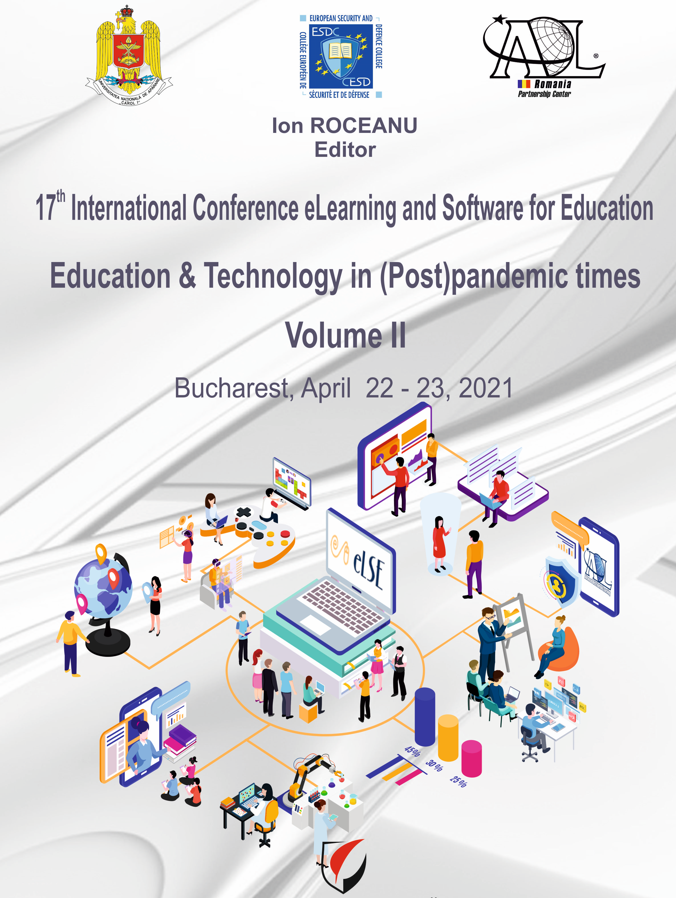ACTIVE LEARNING METHODS APPLIED IN TEACHING AND LEARNING STEM-BASED COURSES
ACTIVE LEARNING METHODS APPLIED IN TEACHING AND LEARNING STEM-BASED COURSES
Author(s): Adriana Naydenova BorodzhievaSubject(s): Higher Education , Methodology and research technology, ICT Information and Communications Technologies, Distance learning / e-learning
Published by: Carol I National Defence University Publishing House
Keywords: Active learning; computer-based tools; modelling; STEM-based courses;
Summary/Abstract: Today, worldwide, employers in the industry are often dissatisfied with modern engineering education, which is not adapted to the needs of business. Governments in all European countries face the problem of low student motivation to study science, technology, engineering and mathematics (STEM). Students are dissatisfied with university education, describing it as “outdated, impractical and uninteresting”. University professors are dissatisfied with the declining competencies in STEM and motivation to learn of young people. A huge challenge for all university professors is to find teaching methods that increase the motivation of the new generation of students, “students of the digital era, students of the seven screens”, especially when studying subjects related to mathematics, which are extremely difficult and repulsive according to the students in recent years. In the conditions of the pandemic of COVID 19, when it was necessary to immediately switch to online learning, in the last academic year (2019-2020), the teaching staff was faced with the need to generate many similar assignments for students to avoid the possibility of deception (“copy and paste”) of the students during the tests, as well as by “filling in the time” in order not to allow one student to solve the assignment of another student for the duration of the test. All this necessitated the creation of the application in MS Excel, described in the paper, which would solve the task assigned to the students. The paper briefly presents the methods applied during the last academic year in the study of a STEM-based course, and in particular one of the sections studied in the course, which requires a fairly good mathematical background of students – operating with fractions, solving systems of equations, matrix calculation, etc.
Journal: Conference proceedings of »eLearning and Software for Education« (eLSE)
- Issue Year: 17/2021
- Issue No: 02
- Page Range: 110-119
- Page Count: 10
- Language: English

